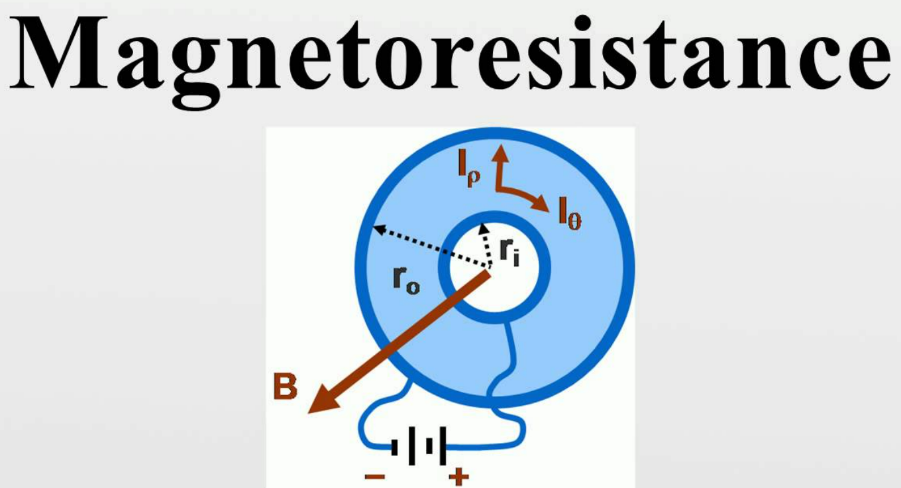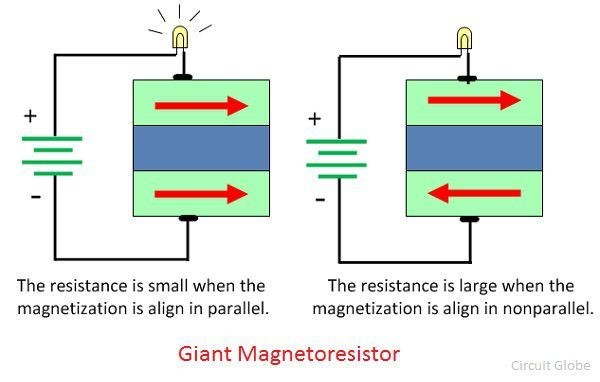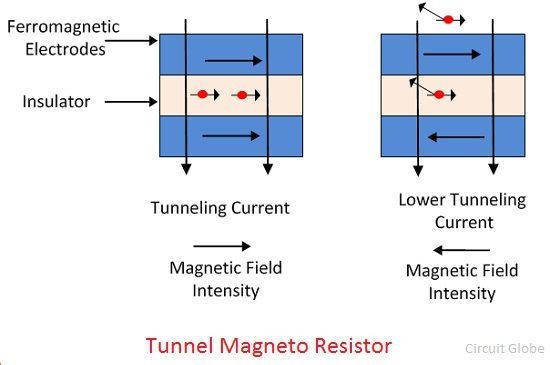Description

Disclaimer: Copyright infringement not intended.
Context
- Researchers in the UK, led by Nobel laureate Andre Geim, have discovered another property of graphene- Magnetoresistance.
GRAPHENE AND ITS APPLICATIONS: https://www.iasgyan.in/blogs/graphene-and-its-applications
Magnetoresistance
- The resistance of some of the metal and the semiconductor material varies in the presence of the magnetic field, this effect is called the magnetoresistance.
- The element which has these effects is known as the magnetoresistor. In other words, the magneto resistor is a type of resistor whose resistance varies with the magnetic field.
- The magnetoresistor is used for determining the presence of a magnetic field their strength and the direction of the force. It is made of the indium antimonide or indium arsenide semiconductor material.
- The resistance of the magneto resistor is directly proportional to the magnetic field, i.e., their resistance raises with the increase of the magnetic field. The variation in resistance occurs because of the magneto effect.
- The magnetoresistor operates without physical contacts which is their major advantage. The magnetoresistor has various applications like it is used in the hard disk of the computer, an electronic compass, for measuring the current etc.
- The first magnetoresistive effect was discovered in 1856 by William Thomson, better known as Lord Kelvin.

Working Principle of Magnetoresistor
- It works on the principle of electrodynamics, which states that the force acting on the current place in the magnetic field changes their direction. In the unavailability of the magnetic field, the charge carriers of the magneto resistor move in the straight path.
- In the presence of the magnetic field, the direction of the current becomes changes, and it flows in the opposite direction. The indirect path of the current increases the mobility of their charge carrier which causes the collision.
- The collision increases the loss of energy in the form of heat. This heat increases the resistance of the magneto resistor. The current of very small magnitude flows in the magneto resistor because of few free electrons.
- The deflection of the magneto resistor electrons depends on their mobility. It is more in the semiconductor material as compared to the metals.
Characteristic of Magnetoresistor
- The sensitivity of the magnetoresistor depends on the strength of the magnetic field.
- In the absence of the magnetic field, the magnetization of the element becomes zero.
Giant Magnetoresistance (GMR)
- In this effect, the resistance of the magneto resistor becomes small when their ferromagnetic layers are parallel to each other.
- The resistance becomes very high for the antiparallel alignment of the layer. The construction of the GMR is shown in the figure below.

- Extraordinary Magnetoresistance – In this effect, the resistance of the metal is high in the absence of magnetic field and low in the presence of a field.
- Tunnel Magneto Resistor – The current will flow from the one ferromagnetic electrode through the insulator. The magnitude of current flows through the tunnel depends on the direction of magnetization.
The current heavy will flows if the magnetisation of the electrodes is parallel to each other. The antiparallel arrangement increases the resistance between the layer.

|
PRACTICE QUESTION
Q. What do you understand by the term Magnetoresistance? What are Magnetoresistors and what are their applications?
|

https://www.thehindu.com/sci-tech/science/giant-magnetoresistance-graphene-room-temperature-andre-geim/article66728864.ece













